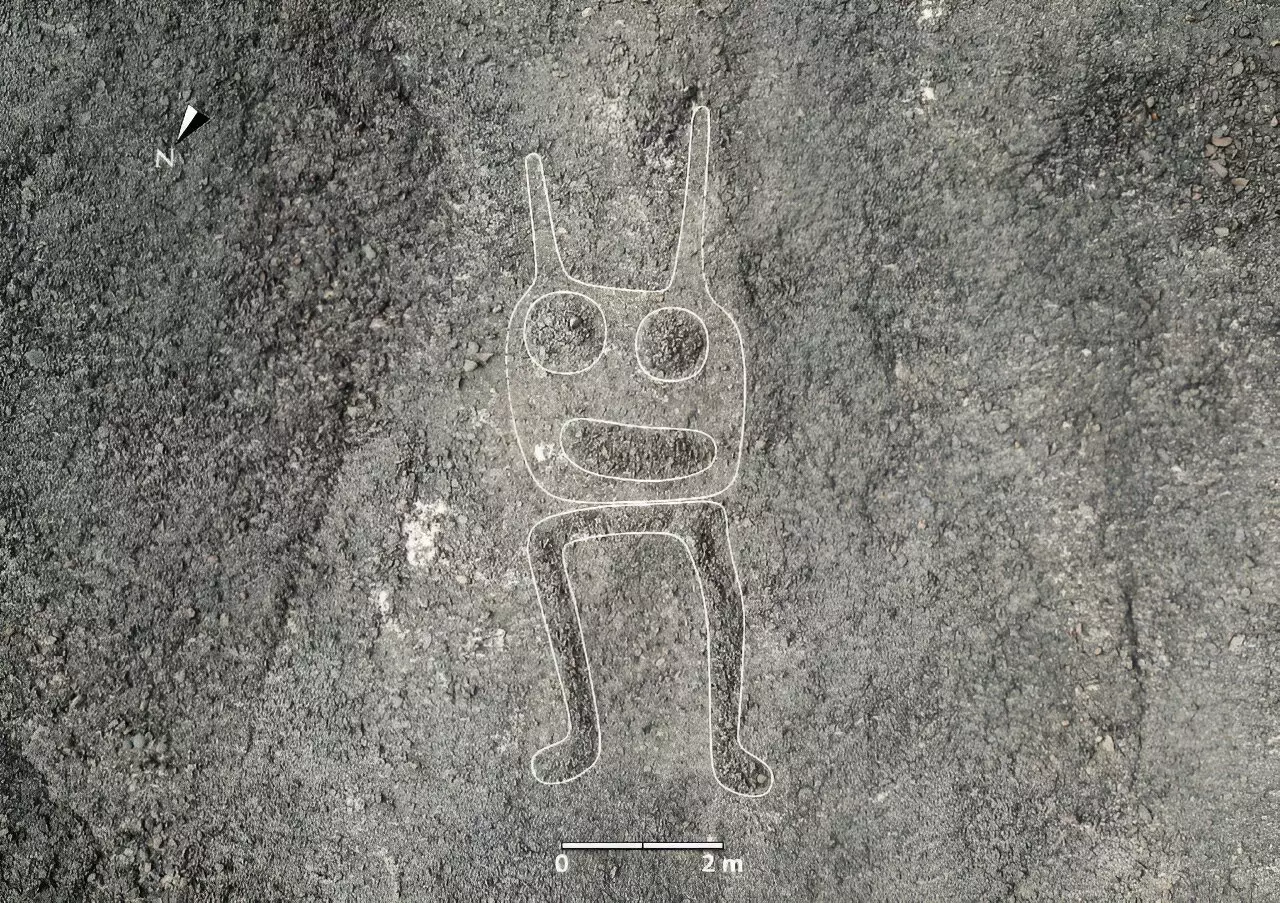Recent breakthroughs in artificial intelligence (AI) have propelled archaeological research to new heights, particularly illustrated by the impressive discoveries in Peru’s iconic Nazca Desert. Japanese scientists, in an innovative collaboration between Yamagata University and IBM, have utilized AI algorithms to identify 303 previously unknown geoglyphs in this ancient site, effectively doubling the total number of recognized figures from the pre-Inca civilization. This advancement not only emphasizes the pivotal role of technology in unraveling historical mysteries but also reflects a significant methodological shift in archaeological practices.
The Nazca Lines, which originated around 2,000 years ago, have long captivated historians and tourists alike. Carved into the ground, these enormous designs depict a variety of images—including animals, plants, and geometric patterns—that are best appreciated from the sky. Located approximately 220 miles south of Lima, the lines have become a major attraction in Peru, drawing visitors eager to behold their grandeur. However, the allure of the Nazca Lines extends beyond their visual appeal; they pose intriguing questions regarding the motivations and intentions of the people who created them.
Archaeologist Masato Sakai highlighted the speed and precision with which AI allowed researchers to map these geoglyphs. Traditional methods relied heavily on the painstaking visual examination of high-resolution aerial images, a process that was not only time-intensive but fraught with the risk of missing significant findings. The recent study, published in the esteemed Proceedings of the National Academy of Sciences (PNAS), signifies a transformative moment in archaeology, illustrating how AI can swiftly uncover new artifacts and expand our understanding of sites that have already been documented extensively. The research underscores how technology can complement traditional archaeological methodologies to pave the way for future discoveries.
The allure of the new findings raises even more questions about the Nazca civilization, which thrived in southwestern Peru from 200 BC to 700 AD. The motivations behind the creation of these massive geoglyphs are still shrouded in mystery. Some scholars propose that the designs held astrological or religious significance, potentially serving as markers for rituals or celestial events. This complexity renders the lines not merely as historical artifacts, but as a window into the spiritual and cultural life of a long-lost civilization.
As the study illustrates, the integration of AI in archaeological research heralds a new era of exploration. The capability to analyze vast swathes of geospatial data efficiently enables scholars to target areas ripe for discovery, thereby streamlining the research process. The findings not only enrich our understanding of the Nazca Lines but also open pathways for advanced methodologies applicable in archaeology worldwide.
The unprecedented identification of 303 new geoglyphs demonstrates the vast potential of marrying technology with history. As scientists continue to leverage AI, the future of archaeological research holds the promise of unveiling even more secrets from our past, allowing us to piece together the intricate tapestry of human civilization.


Leave a Reply